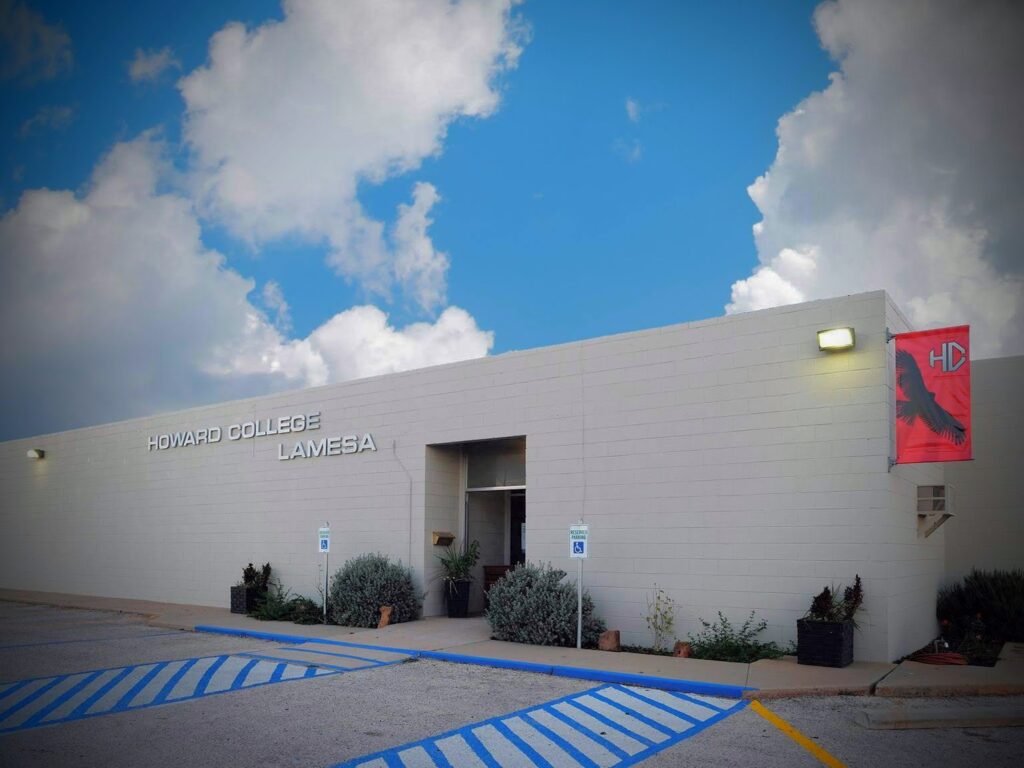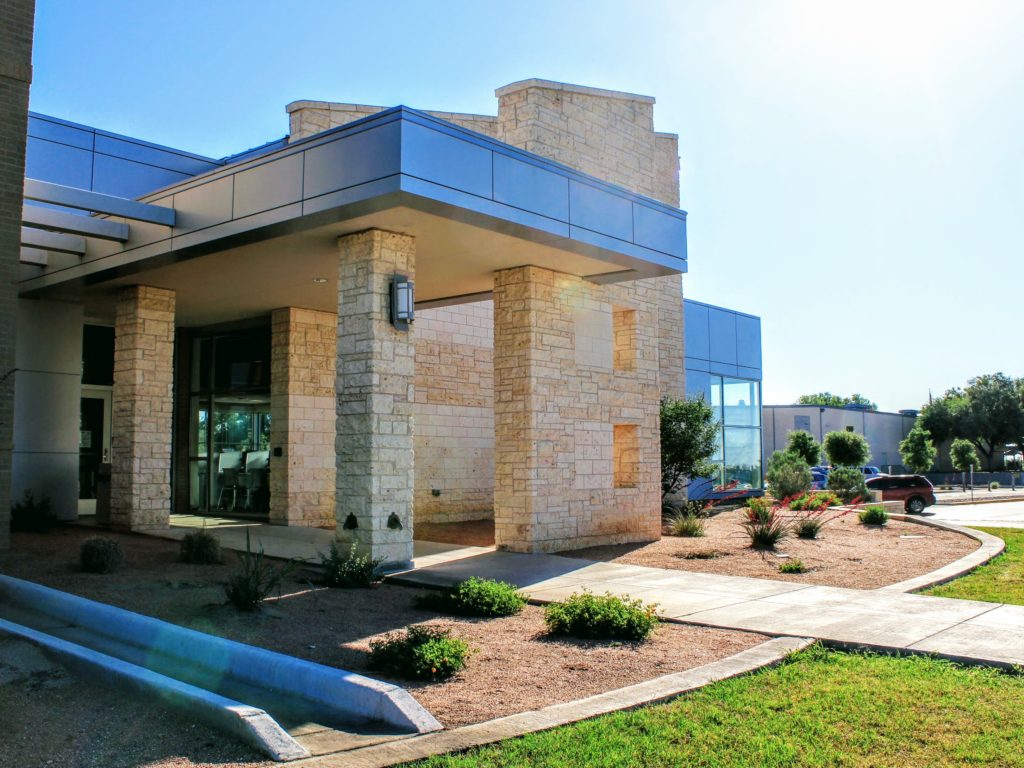The Application is open!
Resources
A Paramedic must demonstrate confident leadership and the ability to take on the significant responsibility that comes with the role. Excellent judgment, quick decision-making, and prioritization skills are essential to acting in the best interest of the patient. The Paramedic must be self-disciplined, able to build rapport with patients, including those who may be hostile, and maintain a safe and professional demeanor. They must also be skilled in communicating effectively with diverse populations, recognizing cultural and age-specific nuances.
The ability to perform at a high level independently, even in non-structured, constantly changing environments, is vital. Paramedics frequently face adverse and dangerous situations, including calls in high-crime or high-mortality areas. Self-confidence, emotional resilience, and the ability to manage high-stress situations are crucial. Additionally, the Paramedic must possess the physical, intellectual, and cognitive capabilities required to meet the demands of the role.
Physical Demands
The nature of this work requires excellent physical stamina, endurance, and a strong overall physical condition. These attributes are essential to manage frequent activities such as walking, standing, lifting, carrying, and balancing, sometimes with weights exceeding 125 pounds. Motor coordination is also critical, as safety must be maintained for the patient, the Paramedic, and others while navigating uneven terrain.
The EMS-Paramedic Program is a rigorous and fast-paced course of study that spans four semesters and covers 38 credit hours. Students must complete over 1,200 hours of coursework, which includes a combination of in-person classes, online learning, and independent study modules, with approximately eight hours of work required each week. In addition, students attend one Saturday class every four weeks, each lasting eight hours. The program also includes more than 600 hours of clinical rotations, providing essential hands-on experience needed to become a practicing paramedic.
Upon successful completion, graduates are eligible to take the national certification exams and can pursue employment in a variety of healthcare settings.
Job opportunities include working with:
- Private ambulance services
- Fire departments
- Police departments
- Emergency 911 services
- Hospitals
ACCREDITATION
The Howard College Emergency Medical Services Program is accredited by the Commission on Accreditation of Allied Health Education Programs (www.caahep.org) upon recommendation of the Committee on Accreditation of Education Programs for Emergency Medical Services (CoAEMSP) and is certified by the Bureau of Emergency Management, a division of the Texas Department of State Health Services (DSHS). Certification levels consist of Emergency Medical Technician (EMT) certification and Paramedic certification. A student may stop at any one certification level or continue through each level to the next. The Texas Paramedic now has the opportunity to become a Licensed Paramedic rather than a Certified Paramedic if he or she has an Associate Degree in EMS or higher degree.
MISSION STATEMENT |
The purpose of the EMS Paramedic Program at Howard College, an integral part of the Health Professions Division, is to provide for the education of students and provide learning opportunities that are innovative and educationally sound. We serve a 13-county area ranging from Lamesa to Junction. The program and the college are committed to personal development of each student so that he or she will be able to serve the community as a competent paramedic.
PROGRAM GOALS |
The Howard College EMS Program’s goal is to “prepare competent entry-level Paramedics in the cognitive (knowledge), psychomotor (skills), and affective (behavior) learning domains,” with or without exit points at the Advanced Emergency Medical Technician (AEMT), and/or Emergency Medical Technician (EMT), and/or Emergency Medical Responder (EMR) levels.
APPLICATION PROCESS
- Howard College application process Howard College Application
- Be sure to send official transcripts from any colleges you have previously attended.
- DPS Background Check Texas DPS Background Search
- Create an account on the Texas DPS website.
- Have a credit or debit card available (cost: $10.00).
- The process is completed entirely online.
- Once finished, forward a copy of the results for your file.
- Physical Examination
- Schedule and complete a physical examination.
- Return the completed form with your doctor’s signature.
- Provide the following documentation.
- Copy of your health insurance card
- Copy of your driver’s license
- Submit proof of required immunizations required by the Texas Health Department, Rule 97.64.:
- Hepatitis B: 3 doses OR positive titer
- Measles, Mumps, Rubella (MMR): 2 doses OR positive titer
- Varicella: 2 doses OR positive titer
- Tetanus, Diphtheria, Pertussis (Tdap): 1 dose within the last 10 years
- Influenza: current season dose
- Tuberculosis: test or screening results
- Pay for required drug test
ADMISSION CRITERIA
- Proof of emergency medical technician or advanced emergency medical technician certification (For paramedic program applicants only).
- Number of students admitted is determined by available class and clinical slots.
CURRICULUM
For full curriculum information, please consult the current Howard College Catalog
PROGRAM EFFECTIVENESS DATA 2019 – 2024 |
| 2024 | 2023 | 2022 | 2021 | 2020 | 2019 | |
| NREMT Skill Pass Rate | 100% | 66% | 100% | 100% | 100% | 100% |
| NREMT Cognitive Test Pass Rate | 85% | 66% | 100% | 94.4% | 83% | 87% |
| Program Retention | 100% | 75% | 90% | 90% | 100% | 88% |
| Positive Job Placement | 100% | 100% | 100% | 100% | 83% | 100% |
For questions or additional information regarding this program, please contact the Program Chair.
John Grove M.Ed., B.A.A.S., NRP, LP
Director of EMS Education
432-264-5117
jgrove@howardcollege.edu
Eddie Levens BSN, RN, EMT-P
Clinical Coordinator
elevens@howardcollege.edu
Luci Gabehart MSN, RN, CNE
Dean of Health Professions- Howard College- Big Spring
ADN Director
432-264-5074
lgabehart@howardcollege.edu
Frances Garcia
Health Professions Coordinator
432-264-5070
fgarcia@howardcollege.edu




